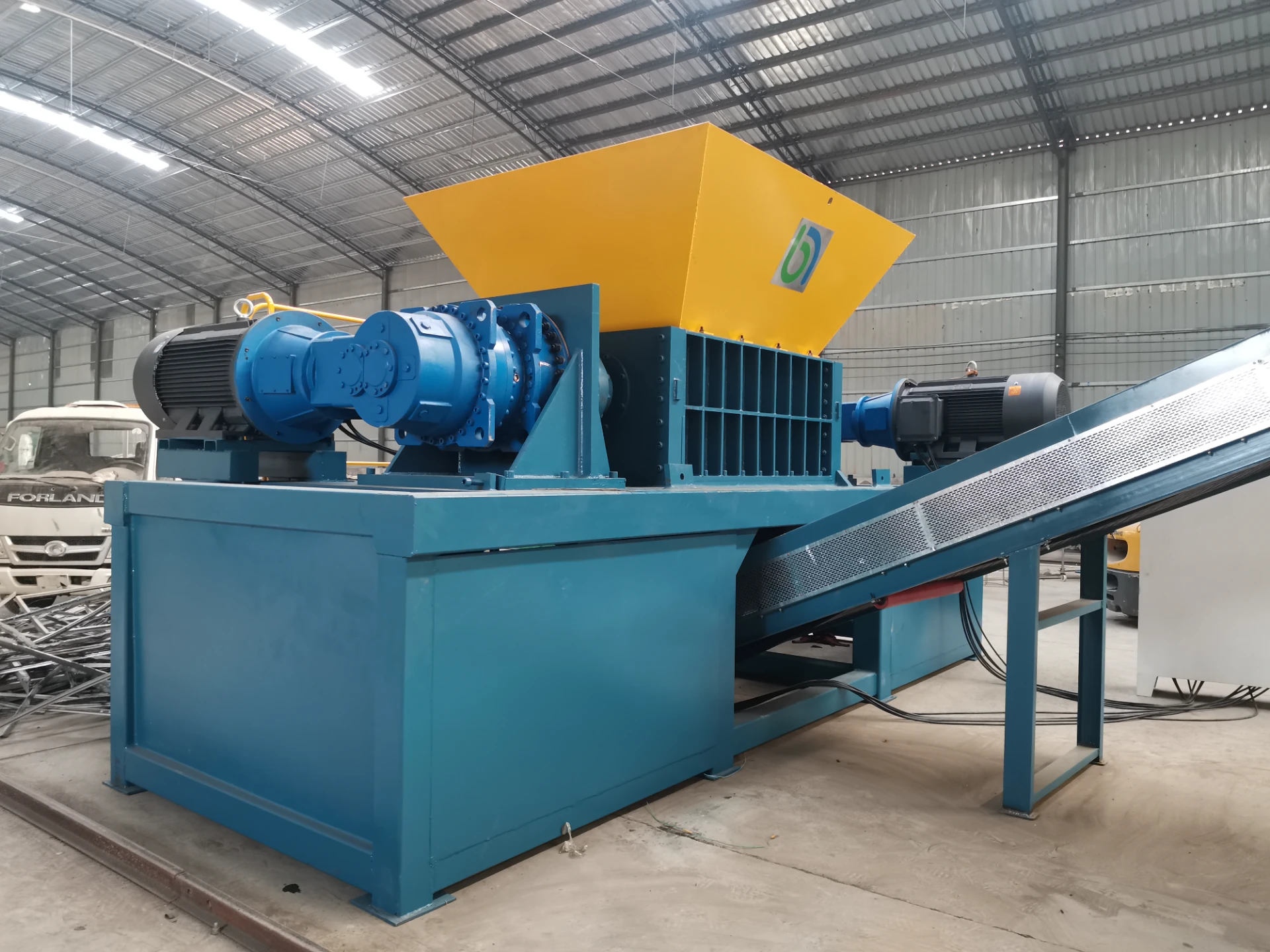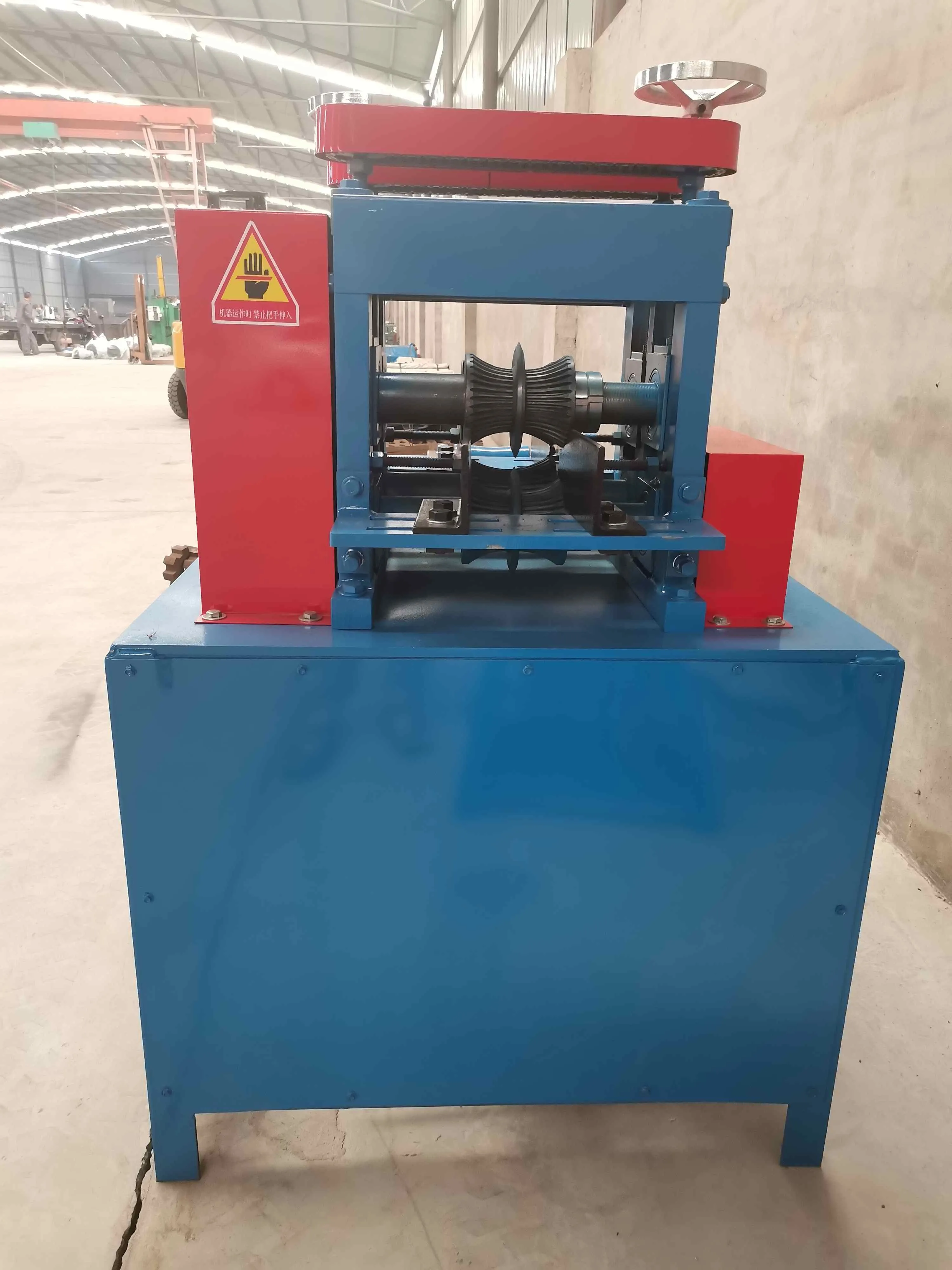Navigating the world of industrial machinery can be a daunting task, especially when it comes to highly specialized equipment like shredding machines for metal. These robust machines are pivotal in metal recycling processes, aiding both environmental sustainability and economic efficiency. With industry trends constantly evolving, selecting the right shredding machine requires not just a basic understanding but in-depth knowledge to ensure optimal performance and return on investment.

Among the key considerations when selecting a shredding machine is understanding the type of metal to be processed. Metals such as aluminum, copper, and steel each have unique properties that require specific machine configurations. For instance, aluminum, being softer but bulky, demands shredders with high torque and slower speeds to effectively break down material without excessive energy consumption. In contrast, steel, known for its sturdiness, necessitates shredders with heavy-duty blades and robust motor capabilities to achieve desired fragmentations.
As an industry expert with years of experience in this field, understanding the mechanics behind these machines is crucial. Most metal shredders are inherently powerful, integrating technologies like shear shredders, which employ a combination of cutting and tearing actions to mince through tough metal sheets. Twin-shaft shredders are particularly effective for bulky or irregularly shaped scrap, ensuring a more uniform output size which simplifies subsequent separation processes in recycling facilities. Additionally, hammermills, known for their high-energy impact mechanisms, excel at breaking down larger chunks into smaller pieces optimal for further processing or direct resale.

Beyond the mechanical prowess, energy efficiency and operational cost are major concerns for businesses seeking sustainable solutions. Selecting a shredder with variable drive speeds can translate to significant energy savings, tailoring performance levels to match load requirements, thus reducing unnecessary power consumption. Manufacturers now offer versatile models with intelligent control systems that optimize motor function – all of which play a critical role in enhancing the machine's cost-effectiveness and sustainability footprint.
shredding machine for metal
Safety and reliability form the backbone of any shredding operation. Modern shredding machines incorporate advanced safety measures including automatic shutoff systems, emergency stop buttons, and enclosed structures designed to minimize operator exposure to moving parts. Regular maintenance and compliance with industry standards ensure not only prolonged machine lifespan but also mitigate risks associated with high-speed metal processing. Trustworthy manufacturers adhere to stringent quality certifications and offer comprehensive service agreements, thus, establishing a reliable source of support and parts supply.
Delving into the technological advancements, smart shredding solutions are emerging, enabling seamless integration with IoT platforms for real-time monitoring and predictive maintenance schedules. This transition to connected devices not only maximizes uptime but allows operators to make informed decisions backed by data analytics, an invaluable asset in today's data-driven industrial landscape.
Fostering a long-term relationship with reputable vendors and service providers can significantly enhance your strategic position within the metal processing industry. Top-tier manufacturers offer extensive training programs and after-sales service that arm your operational team with the necessary skills to maintain peak machine performance. The synergy between expert knowledge and cutting-edge technology paves the way for achieving benchmark efficiencies and operational excellence.
In essence, investing in a metal shredding machine isn't merely about acquiring equipment; it's about forging a partnership with a technological arm that reinforces your business's commitment to efficiency, sustainability, and innovation. With the right machine and strategic implementation, not only does metal recycling become more streamlined and cost-efficient, but it also propels your business into the forefront of the circular economy, championing both profitability and environmental stewardship.


